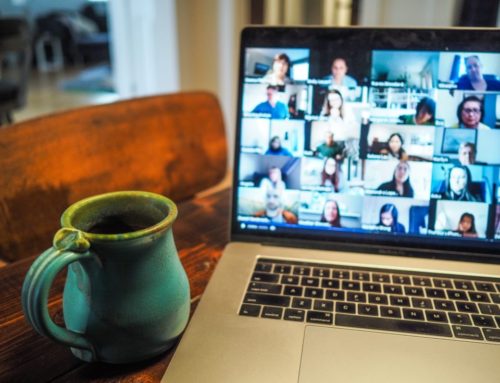In the first week of October, the United States Holocaust Memorial Museum (USHMM) and the American Library Association (ALM) released a list of the fifty libraries selected to host a touring version of the USHMM’s Americans and the Holocaust exhibition, which will make its first stop in early 2020 and continue its travels for two years.
The published list is the culmination of months of careful consideration from both organizations. During the program’s two-month application period, more than 250 libraries from across the country vied for the tour’s 50 available spots. The review process was thorough; all applicants underwent a competitive and peer-reviewed process which, according to a press release from the ALM, “considered community demographics, library outreach plans, and the availability of other Holocaust-related educational opportunities in the library’s region, among other factors.”
The interest in the touring program — and the care taken in determining its hosts — makes sense, given that the traveling exhibit is based on one of USHMM’s most compelling exhibitions. Also titled Americans and the Holocaust, the original display opened in 2018 and marked the museum’s 25th anniversary. As the name suggests, Americans and the Holocaust explores fears and factors that influenced Americans’ reactions to both Nazism and the oppression and murder of European Jews during the 1930s and ’40s. It also wholly dispels the myth that Americans were unaware of the persecution Jews faced during the time.
The exhibition asked: “What did the US government and the American people know about the threats posed by Nazi Germany? What responses were possible? And when?”
“Visitors will be surprised at how much Americans knew about Nazism and the Holocaust and how early they knew it,” curator Daniel Greene shared in a press release about the original exhibition. “The exhibition also shows what else was on Americans’ minds as they learned about these threats, from great economic insecurity to the isolationist sentiment in the wake of World War I and national security fears during World War II.”
The goal, Green says, is to compel visitors to think about the events of the time without the benefit — or reassurance — of hindsight. The experience is often thought-provoking, if at times heart-wrenching. As museum director Sara J. Bloomfield describes, “Americans and the Holocaust will challenge visitors to think about both the missed opportunities to save lives and the impact of those few individuals who took action.”
Or, to quote the museum’s explanation of the exhibition’s research and message, “The United States alone could not have prevented the Holocaust, but more could have been done to save some of the six million Jews who were killed.”
It’s a brutally direct truth — and one that some libraries feel perfectly-oriented to share.
“Libraries are vital centers for lifelong learning, convening, and conversation, and they are the perfect venues to host this important and powerful exhibition,” ALA president Wanda Brown asserted in a recent press release.
In this way, the ALA is helping further the exhibitions’ fundamental purpose — to make us think not only about what was or wasn’t done in the past, but what could be done when tragedy rears its head in the future.
A full list of participating libraries can be found on the ALA’s website.
This post originally appeared on Debrah Lee Charatan’s Philanthropy blog.






